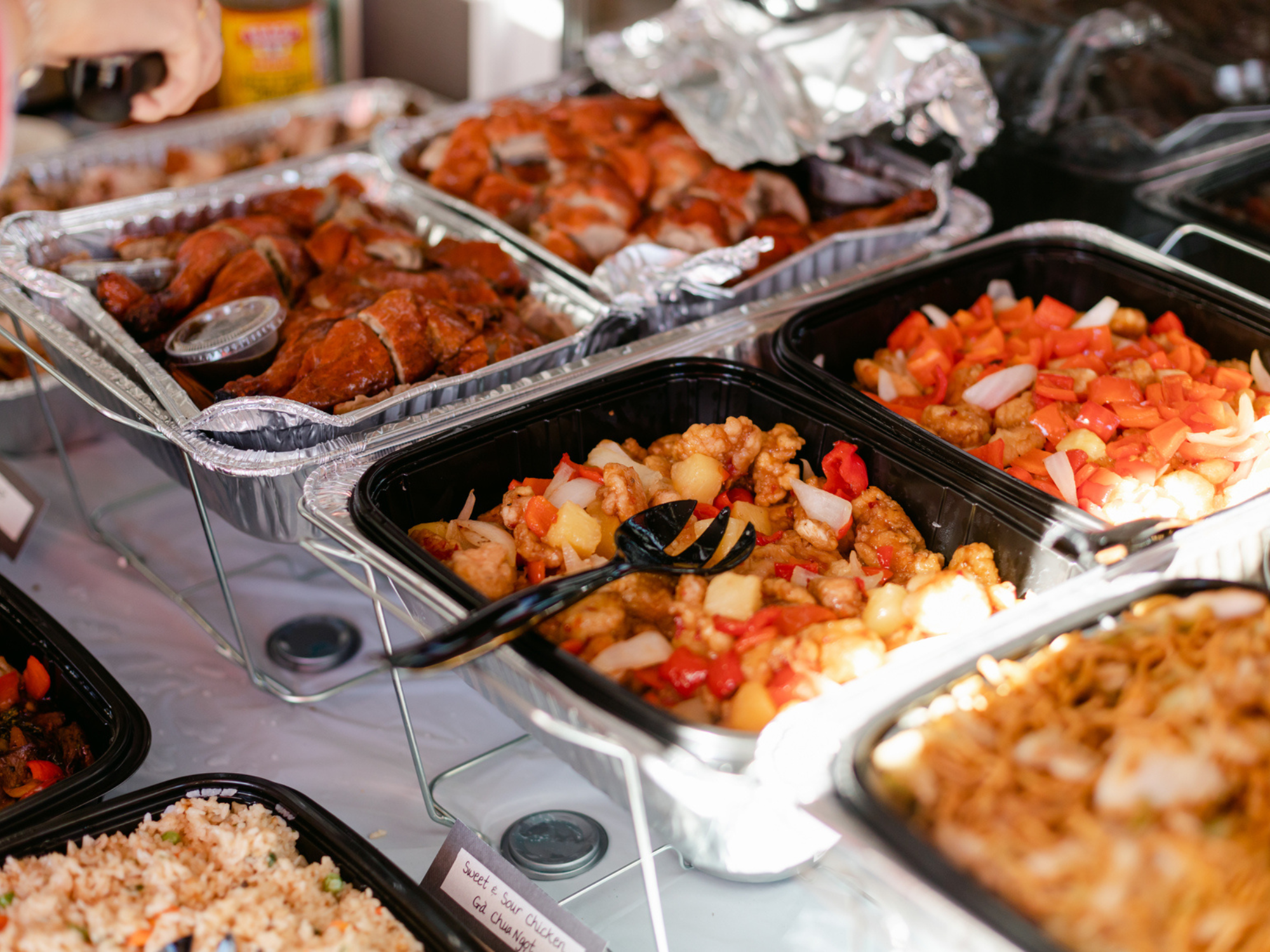What's the Difference Between the Declaration of Intent and Your Vows?
A wedding ceremony comprises countless components: the processional, where the happy couple and their bridal party walk down the aisle; readings; the exchange of rings; cultural or religious rituals; the first kiss; and saying "I do."
Two important parts of a wedding ceremony often get confused: the declaration of intent vs. vows. Although they have some similarities, the declaration of intent and wedding vows each serve a different purpose during a wedding ceremony.
To help clear things up, we've got the scoop on all the major differences between the declaration of intent and wedding vows, including their purpose and what exactly is said during each.
The Difference Between the Declaration of Intent and Vows
The declaration of intent and vows share a couple similarities: Both are recited during the wedding ceremony, and both partners say them. However, there are several differences between the two, which we'll break down below.
The Purpose
The declaration of intent and vows share the same goal: to make it clear that you want to marry your partner, says Alexis Dent, founder of XO Juliet, a wedding vow and ceremony script writing service. The difference in their purpose, she says, is that, "vows express your commitment, while the declaration of intent solidifies that commitment."
In other words, your wedding vows are an opportunity to share the promises you're making to your partner in front of your loved ones. The declaration of intent, on the other hand, is the section of the wedding ceremony script where both partners state that they are entering this marriage with their own free will and with the intent to become the other person's spouse, Dent says.
The Creativity
Creative freedom is another big difference between the declaration of intent and vows. Couples can repeat the standard vows led by the wedding officiant, or they can write their own vows if they're leaning toward having a more unique wedding. "Vows are an area of the ceremony where couples can exercise an immense amount of autonomy and creativity if they wish to," Dent says.
When writing their own vows, couples can do traditional wedding vows—where they promise to stay with their partner in sickness and in health—or they can seize the opportunity to get creative on their wedding day and insert humor, a sweet story or a sentimental message. They can tailor their promises to each other and include things big and small, such as promising to take out the trash each week because the other partner hates doing it.



The declaration of intent, on the other hand, is pretty straightforward. Although the exact wording of the declaration of intent can be tweaked depending on the couple's religion or culture—or to make the language more inclusive—Dent says there's not a ton of room for creativity. "The declaration of intent is perhaps the most standard part of all wedding ceremonies," she says.
The Words
The exact words said in a couple's marriage vows and declaration of intent will differ. Dent says traditional vows, for instance, might start with: "I promise to stand by your side, in good times and in bad, for richer or for poorer... "
Alternatively, if the couple opts to write their own wedding vows for their big day, a more modernized version could read something like: "I promise to make our relationship a priority and wake up with the determination to love you more each day than I did the day before," Dent says.
For the declaration of intent, the officiant will ask the couple something like: "Do you, [name of one partner], take [name of the other partner] to be your lawfully wedded spouse?" Then, each partner will say, "I do." The exact wording can be changed slightly—for instance, instead of "I do" the couple can respond with "I will."
The Order
Both the declaration of intent and vows are part of the ceremony, but the order can vary from couple to couple.
In a secular wedding ceremony, which Dent notes is most common today, the wedding officiant will start with an opening, followed by any readings. Then, she says, the couple will do their exchange of vows and immediately follow them with the declaration of intent. Finally, the couple does their exchange of rings, the officiant pronounces them married, and the couple exits in a recessional.
The Requirements
The declaration of intent is a crucial part of the wedding ceremony. In fact, the state of California actually requires by law that the couple recite the declaration of intent. "Marriages in all states, and even outside of the US, contain these components—even when not necessitated by law—because of both logic and convention," Dent says.
For wedding vows, there can be different requirements for certain cultures and religions. Some cultures don't include wedding vows in the ceremony at all, while others may have rules surrounding vows. For instance, Dent notes that couples having a Catholic wedding ceremony need permission from their priest to write their own vows instead of exchanging traditional ones.





















